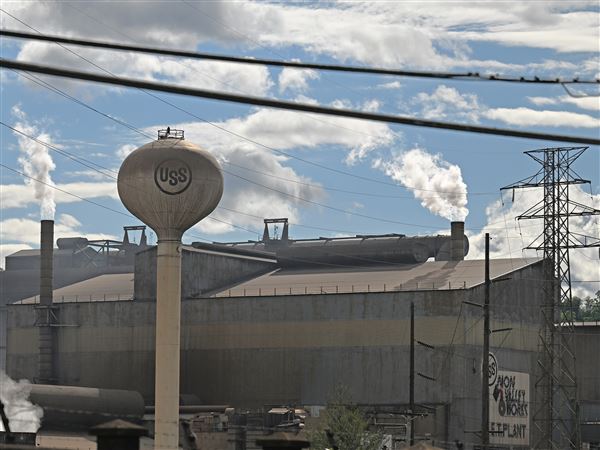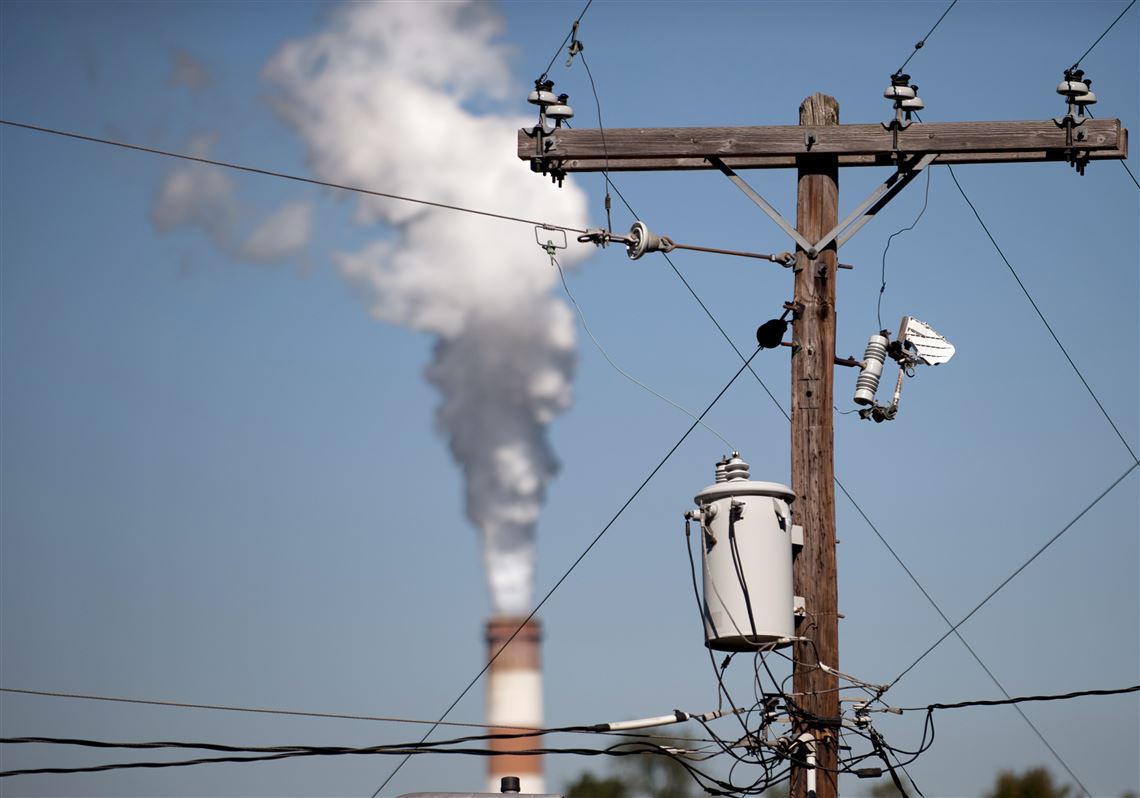A coalition of environmentalist groups and trade unions expressed optimism Wednesday that even a coal-dependent region like Pittsburgh could significantly grow jobs while transitioning away from fossil fuels and toward investments in renewable energy and energy efficiency.
But the report highlighted a mismatch between when those jobs will be created and for how long they will last.
Jobs created by the renewable sector will more likely be more temporary, more nonunion and lower paying than those currently in the fossil fuel industry, said Mick Power, membership and campaign coordinator for the U.S. Climate Action Network and author of the report.
“The challenge lies not in the number of jobs created and lost,” Mr. Power said. “The big challenge for policymakers lies instead in the transition between different types of jobs, at different times in the future.”
The 94-page report, discussed with reporters at the Center for Coalfield Justice offices in Washington, Pa., examined four possible scenarios for coal’s near future and the corresponding employment possibilities across 12 counties surrounding Pittsburgh.
Two different scenarios look at assumptions about market conditions, one of which has coal prices dropping more rapidly. A third includes an analysis of how plants would be affected by the Environmental Protection Agency’s carbon regulations finalized in the Clean Power Plan in August. A fourth assumes the “worst-case scenario,” with plants shuttering due to the most oppressive market forces combining with stringent environmental policy.
Depending on the scenario, Mr. Power found, the economy would gain anywhere from 20,713 to 80,279 so-called job years — a measure of jobs multiplied by the number of years that those jobs span — by 2030.
The meeting Wednesday took a conciliatory tone toward coal mining communities in Greene and Washington counties. Mr. Power, who is a native of western Australia where he organized rallies against the coal industry, said he witnessed economic devastation when coal-fired power plants shut down.
The report, which Mr. Power produced from several months of market and policy research during a fellowship at Harvard’s Kennedy School, was delivered to the BlueGreen Alliance, a group advocating for both blue-collar workers and environmental issues.
“We’re taking a compassionate approach,” said Khari Mosley, BlueGreen Alliance regional program manager. “We’re not doing end-zone dances when a power plant shuts down. Even though we want a clean air environment, we’re also keeping in mind how are we going to do this and not leave communities to figure it out on their own.”
The report found job gains would be concentrated during the first five years. Construction and manufacturing see the biggest job gains as new wind and solar plants come online.
The report projects the loss of jobs in the mining and utilities sector would be far outweighed by growth in the renewable sector.
But the transitioning of laid-off miners and power plant workers into those emerging jobs is a serious question, Mr. Mosley said.
The report explained that workers laid off from power plants or mines need clarification on what kind of skills and training is needed and available to them.
A safety net must exist to protect workers’ benefits and pensions and the tax base of particular municipalities in the short-term.
Mr. Power stressed the conclusions are broad findings and dependent on the actions of policymakers. A section of the report recommends policy options, with the most favorable being that a state-based plan to comply with the Clean Power Plan include a worker transition package.
Daniel Moore: dmoore@post-gazette.com, 412-263-2743 and Twitter @PGdanielmoore.
First Published: October 1, 2015, 4:00 a.m.

















